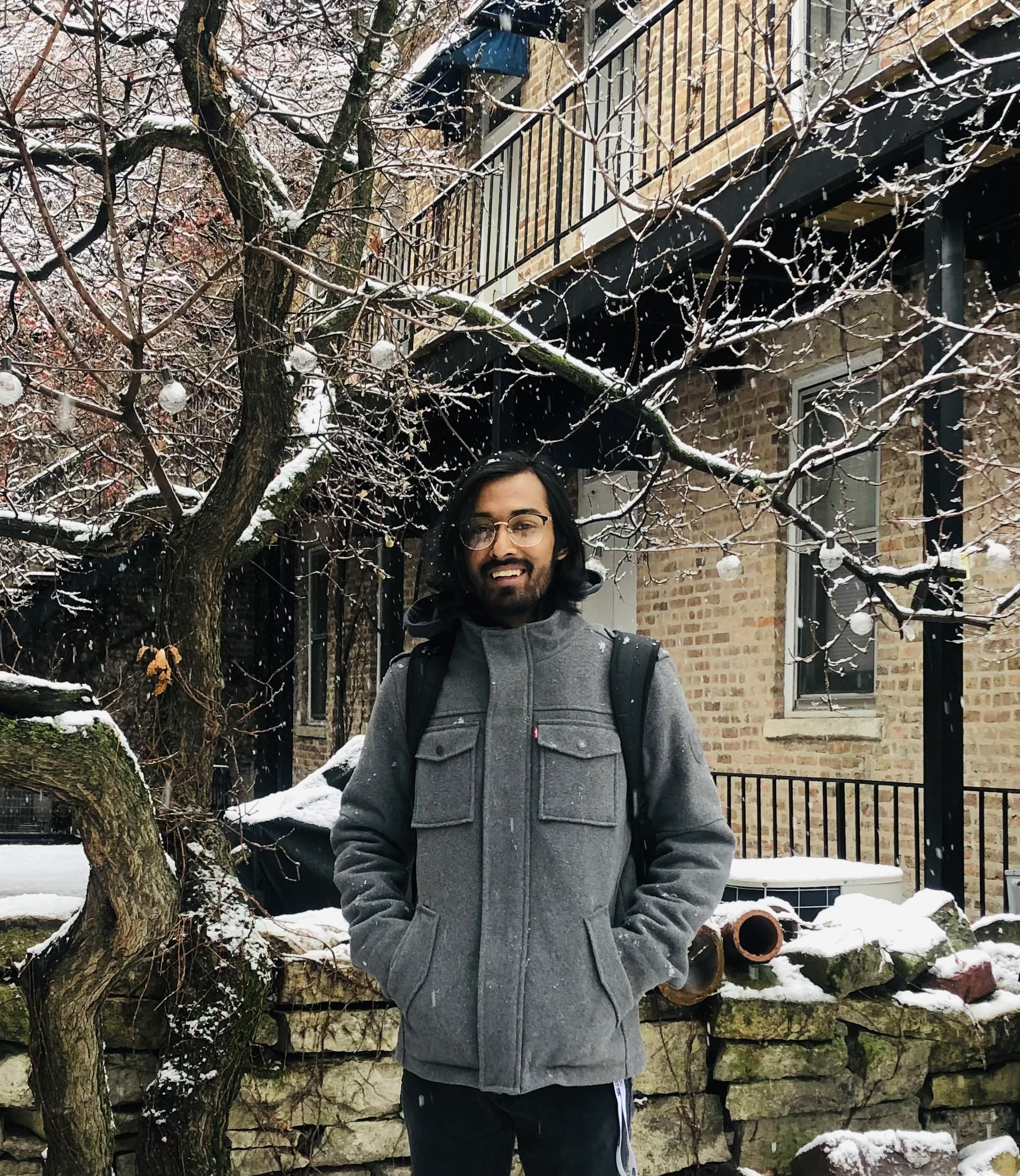A Review of and Some Results for Ollivier–Ricci Network Curvature
Published in Mathematics, 2020
Characterizing topological properties and anomalous behaviors of higher-dimensional topological spaces via notions of curvatures is by now quite common in mainstream physics and mathematics, and it is therefore natural to try to extend these notions from the non-network domains in a suitable way to the network science domain. In this article we discuss one such extension, namely Ollivier’s discretization of Ricci curvature. We first motivate, define and illustrate the Ollivier–Ricci Curvature. In the next section we provide some “not-previously-published” bounds on the exact and approximate computation of the curvature measure. In the penultimate section we review a method based on the linear sketching technique for efficient approximate computation of the Ollivier–Ricci network curvature. Finally in the last section we provide concluding remarks with pointers for further reading.
Download here
